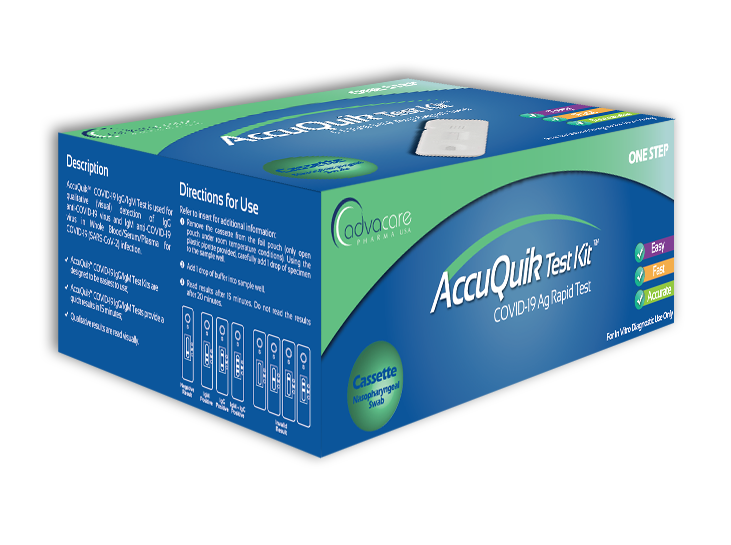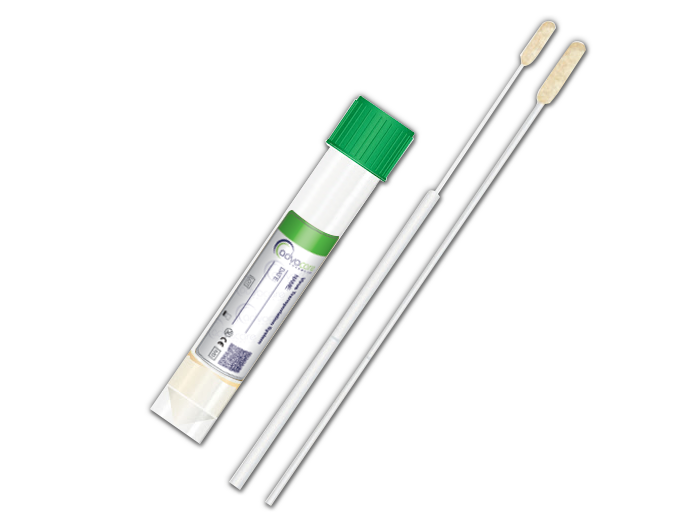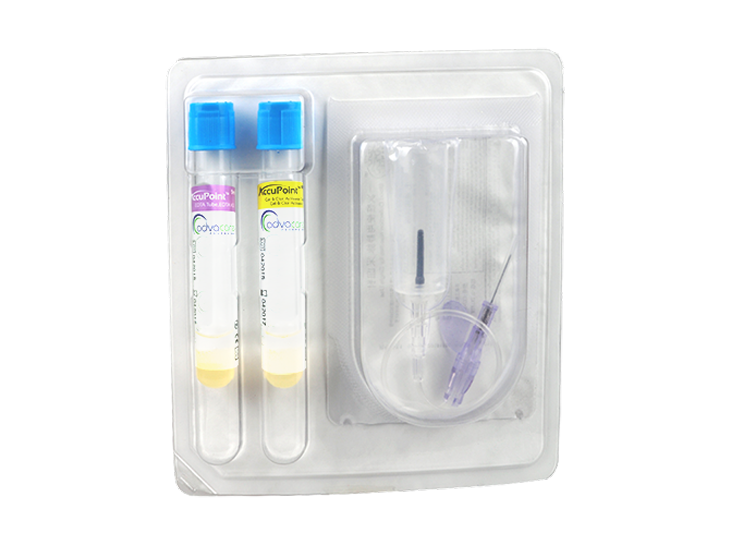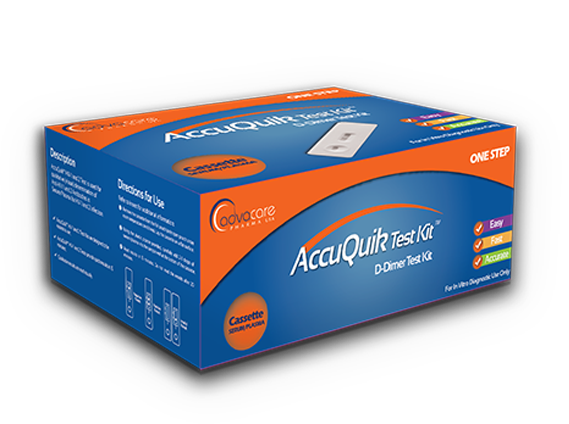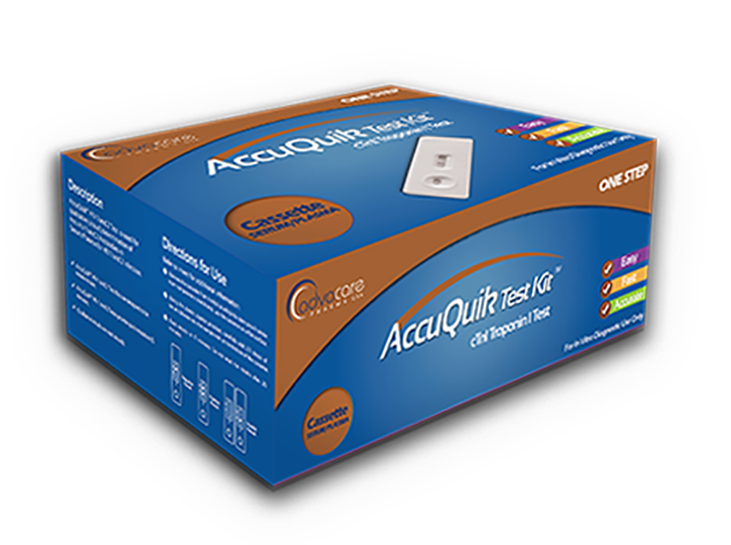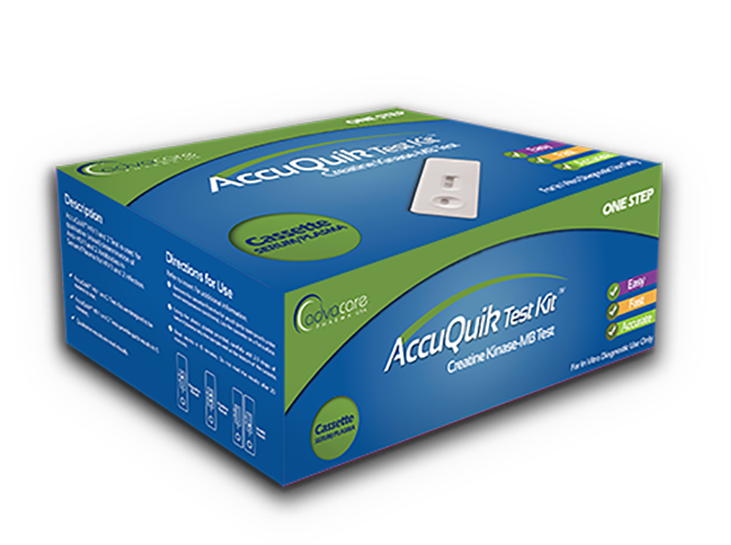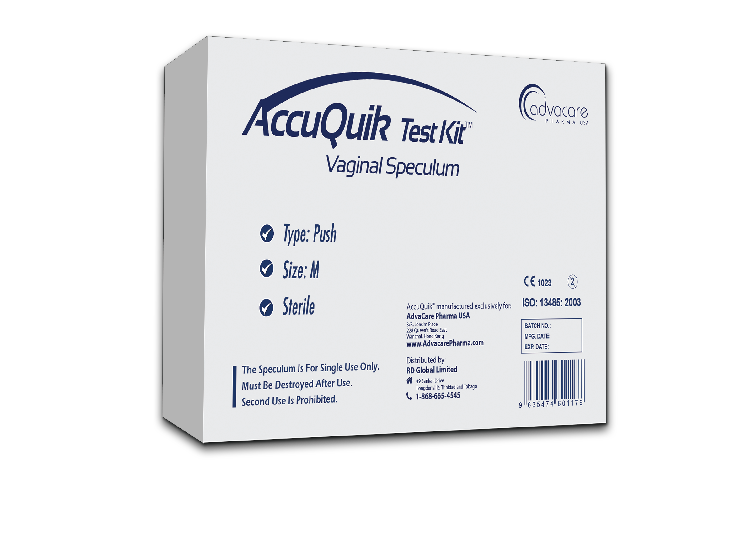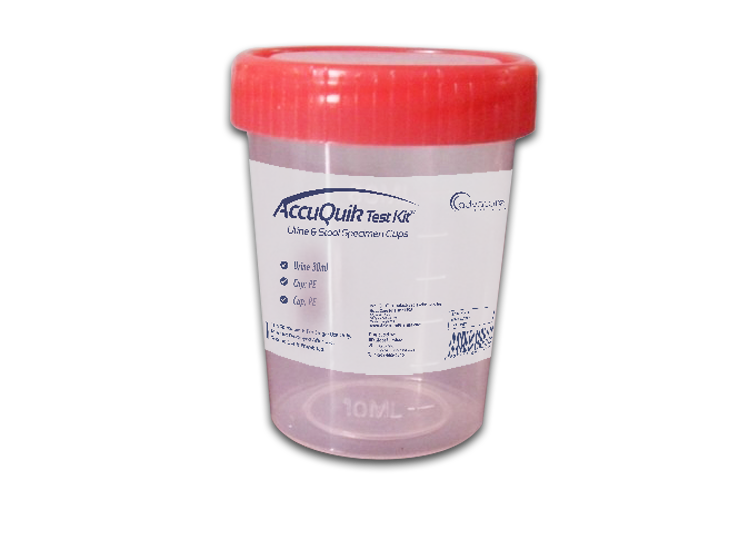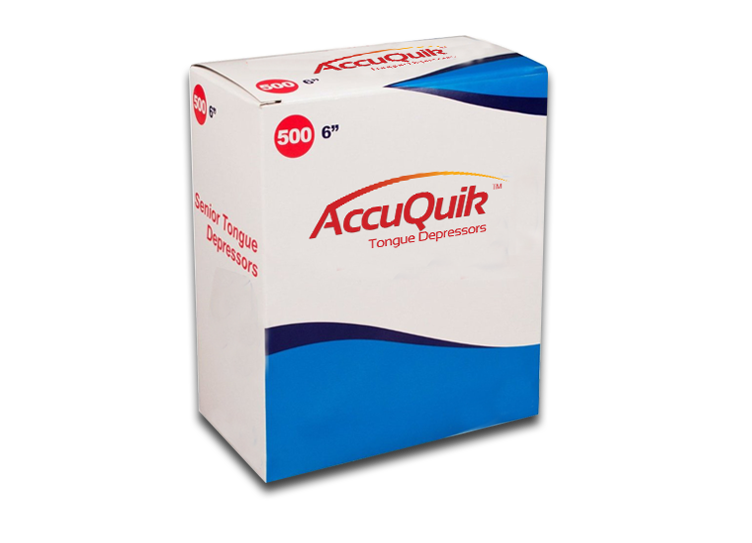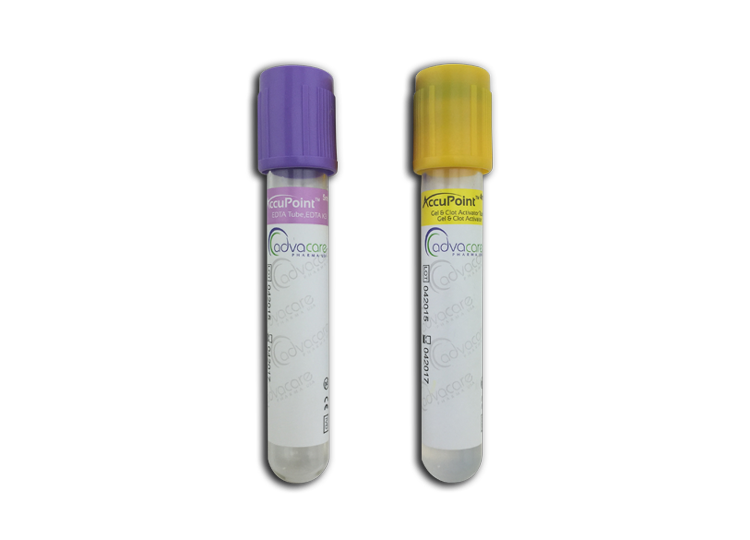Malaria is a mosquito-borne disease that affects more than 200 million people each year. That means on a global average, malaria sickens 1 out of every 20 people each year, a total that is roughly comparable to the population of Brazil, 202 million. There are more than 100 species of the malaria parasite, but the most common and deadly type is known as Plasmodium Falciparum. Once the parasite enters the bloodstream through a bite by a certain type of mosquito called the Anopheles mosquito, the parasite enters the liver where it then multiplies over 10,000 times through asexual reproduction. Approximately 2-3 weeks after entering the liver, the parasite bursts back into the bloodstream where it starts to infect red blood cells. Symptoms of malaria include diarrhea, profuse sweating, nausea, headaches, vomiting, and high fever. Without the correct drugs and treatment, malaria infection can develop into anemia, hypoglycemia or cerebral malaria, which will eventually block the flow of blood in the capillaries carrying blood to the brain. This can cause coma, life-long learning disabilities, and even death.
Different factors are debated when it comes to what can influence the spread of malaria, including the movement of the human population, as well as the state of the economy and the condition of public health. Although debates continue on about these variables, one conclusive factor that all scientists agree upon is that malaria is climate-sensitive. A certain balance of temperature, rainfall, and humidity can create ideal conditions for mosquitoes to breed and transmit malaria parasites. The temperature will affect how long a mosquito lives, how often they bite, and ultimately how many of them are around. Rainfall is important for mosquitos to thrive because it creates pools of water where the mosquitoes can lay their eggs. In some countries, the rainy season is also known as the malaria season. Humidity is related to rainfall, also increasing the length of mosquito’s lives, and giving them more opportunity to carry the malaria infection to more humans. This balance is a lot more common in tropical climates, hence the reason why we see malaria thriving in the tropical climates of the earth. However, up until recent discoveries from studies conducted in mountainous regions of South America and Africa, a significant factor that has been overlooked is the altitude.
According to an analysis of malaria over the past two decades, scientists have come to the conclusion where the millions of people living in higher altitudes of tropical countries are at a higher risk of contracting malaria. In 2014, research teams from the University of Michigan and schools in London searched through the records of Ethiopia and Colombia and found all the relevant information about the research conducted by Menno Bouma, a professor at the London School of Hygiene and Tropical Medicine. Starting in 1994, Bouma and his colleagues were analyzing malaria’s occurrence rate in two mountainous regions in Colombia and Ethiopia. The data they collected proved that as time went on and the temperature rose, the amount of Malaria incidences significantly increased in populations living 1200 meters above sea level, Bouma stated: “We have identified that Malaria does indeed move up and down in altitude and that the movement depends on temperature”. The research teams from the University of Michigan and schools in London kept searched through regional records in Ethiopia and Colombia, and found that Dr. Bouma also said: “The implications are that if this is true, and that a global warming is causing an increase in temperatures, then malaria will increase at higher altitudes where many people live.”
As time goes on, these towns and villages at high altitudes are more and more of a risk. These areas are relatively populated, with medical facilities that not only lack in quantity but also lack in quality. The reason the areas with a higher altitude are more populated is a higher amount of rainfall, which although may attract mosquitos, is luxury because of the source of fresh water. The weather was also significantly cooler as you got higher up the mountain, with a more comfortable temperature and a smaller amount of dangerous animals. These two reasons made it a privilege for people over generations to live at a high altitude. But with the temperature increasing at the rate it is, the malaria infection rate will be similar to the rate at sea level. Also, these populations have lived in the mountains for many generations, and will not have developed any natural immunity from the disease. Making the disease all the more severe when it spreads to higher altitudes.
As the amount of human malaria infections is increasing, people should be taking extra precautions to prevent catching malaria. One of the most important ways to avoid catching malaria is to not get a mosquito bite in the first place. People should always be using mosquito repellent that contains pyrethroids in all living and sleeping areas, especially in the evening and night hours. Also, if you can bear wearing long-sleeved shirts and long pants, do it. The less skin showing decreases the risk of getting bitten. You can also apply permethrin, a synthetic insecticide used against disease-carrying insects, to your clothes before putting them on. People should also avoid sleeping outside especially in the vicinity of any body of water and make sure there are no holes or any space, which mosquitos possibly can get into your home whether it be a tent or a house. This can significantly increase the success of your malaria prevention effort.
Public health officials strongly recommend people should avoid traveling to areas where malaria is common, especially for young children and pregnant women. If you want to find out the most recent information about the whereabouts of the malaria parasite, you can find out from the Centers for Disease Control and Prevention (CDC) or the World Health Organization (WHO). Other than that, the best thing you can do is tests yourself on a regular basis for malaria with a reliable malaria test kit.
Here at AccuQuik Test kits, a brand division of AdvaCare Pharma, we are committed to the battle against malaria. Because we focus on the developing world, we not only have Malaria test kits that go beyond meeting the satisfaction of customers, we also provide other test kits at a very competitive price. We look to serve the needs of developing countries that have problems with malaria, including countries that may have a future problem with malaria parasites such as Ethiopia and Colombia. Please contact us as soon as possible for a quotation, so we can make a small step in the long journey to end malaria as a whole.



